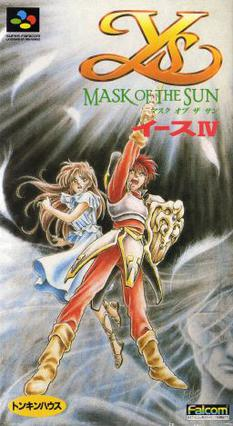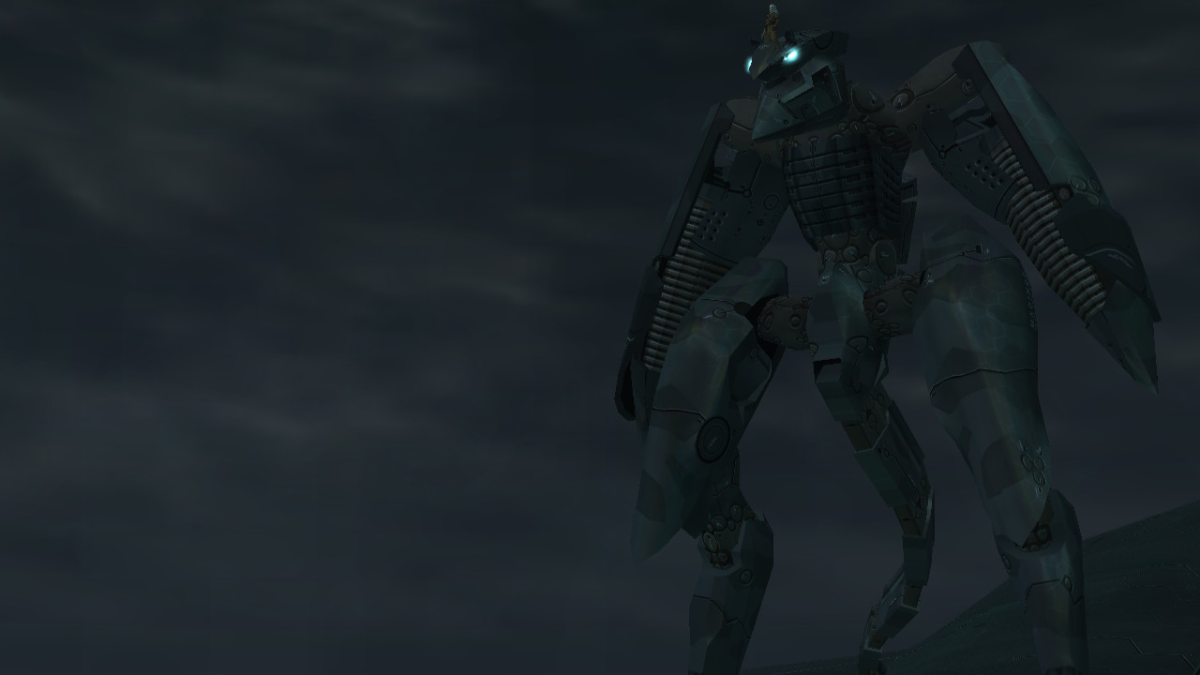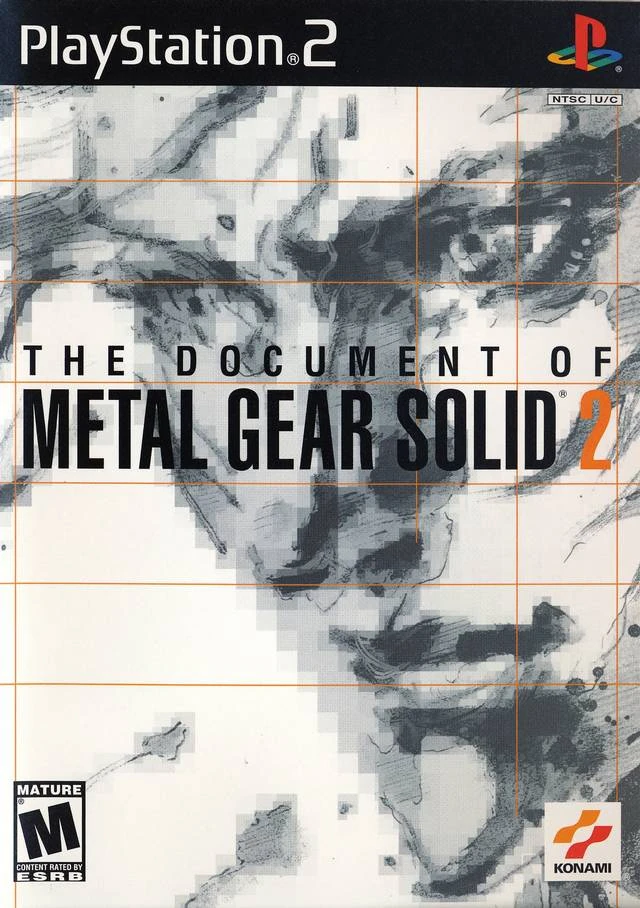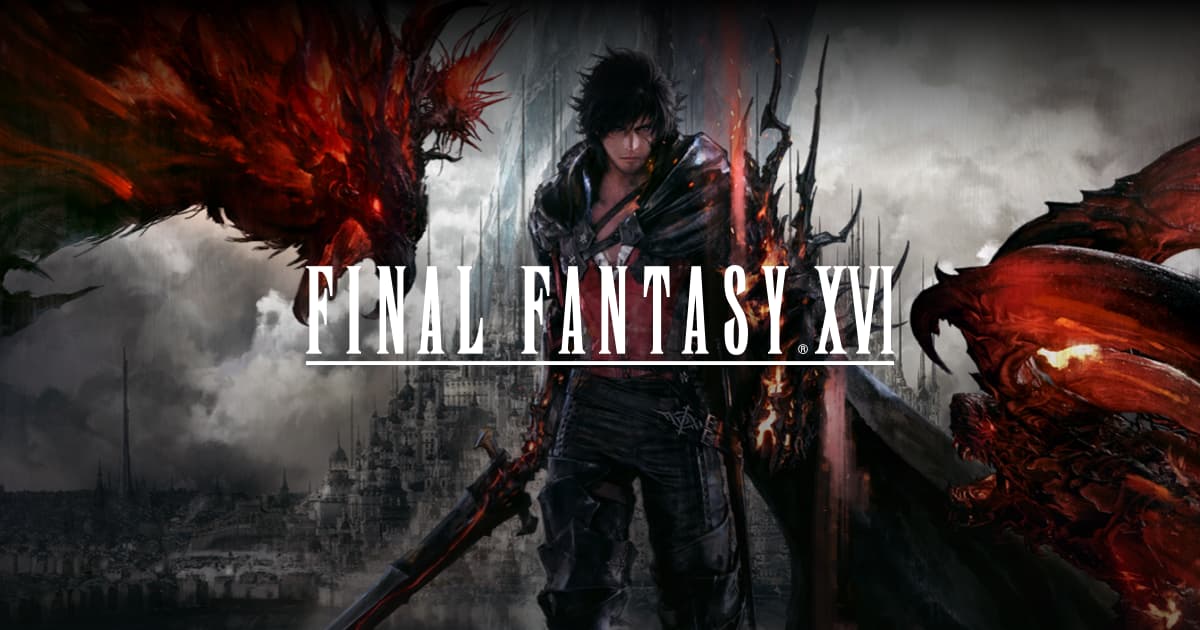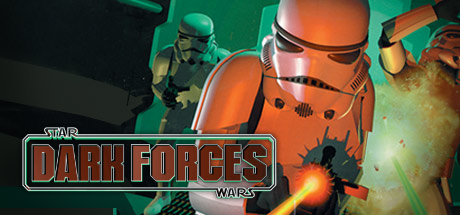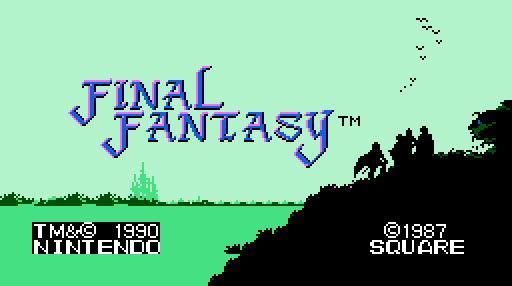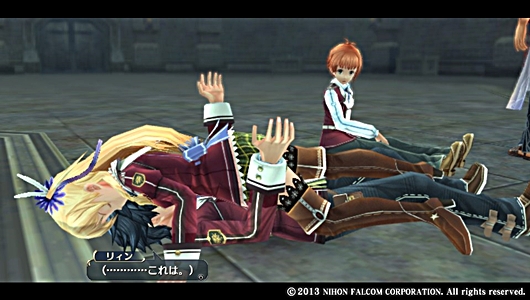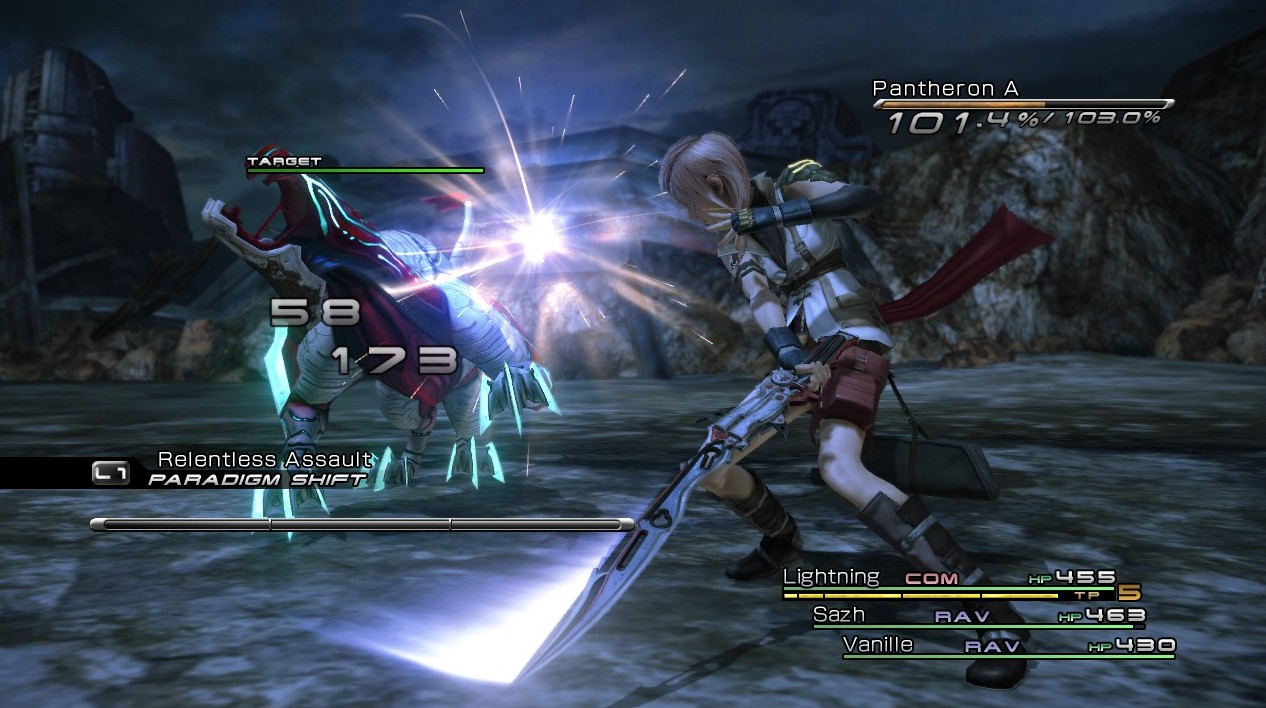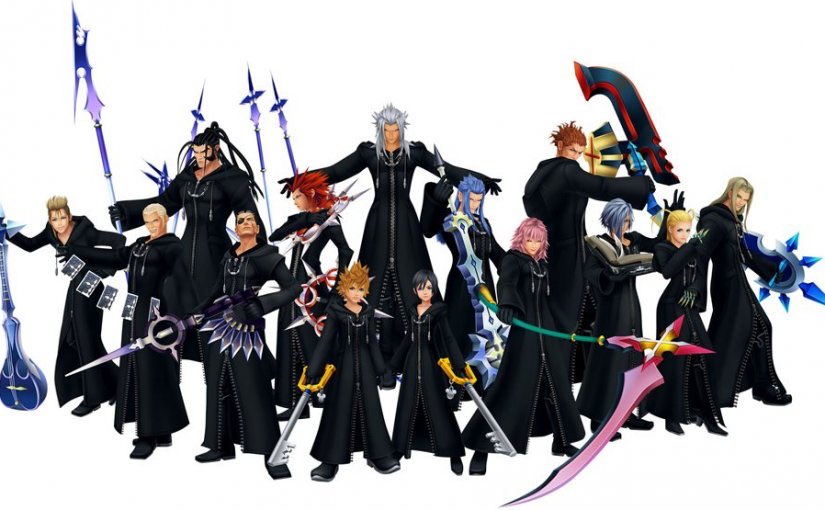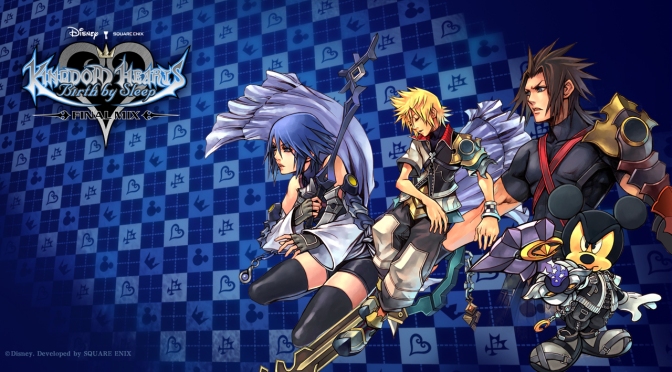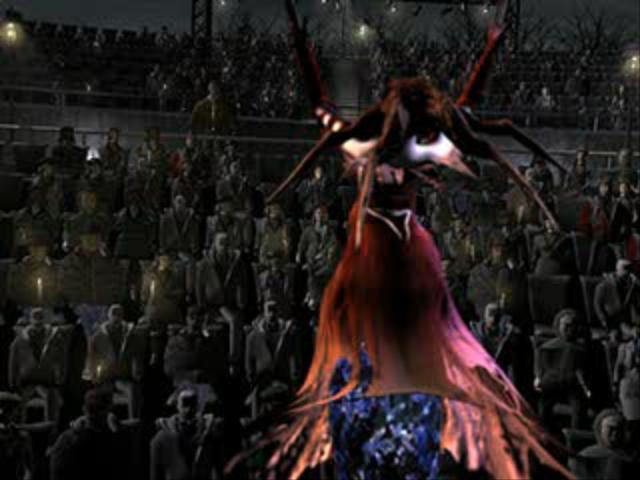What follows will occasionally ride off the rails. It’s why I’ve started writing it about eight times over the last three years, and why I’ve not written it before now.
Anyone who has ready my blog or social media feeds knows that I speak out against remakes of video games. Movies too, but we’re going to stick to games here, because the problems I’m going to be talking about are unique to video games. This seems like the right time to tackle this subject, with the follow up to That Game I Didn’t Like coming out this month, and renewed begging from a certain corner of the Final Fantasy fandom asking for a remake of Final Fantasy VIII. Rather than blocking another dozen Twitter users for their opinions, it’s time to just…put it all on the page so I can point to this wall of text in the future so people can continue to ignore me.
But the fact remains that this is a sensitive topic to me for a number of reasons. I do see video games as an art form. I think that it’s an interesting medium for narrative, both in terms of literal storytelling and ludonarrative alike. This means that original texts are going to be far more compelling to me than a revised text. The meaning can get lost in constant translation – something that anyone who has played Working Designs release can attest to.
This isn’t to suggest that remakes are universally bad. Some remakes are genuinely inspired works, such as Resident Evil. The Gamecube reimagining of the original 1996 game has been ported to modern consoles continuously for a reason.
But what about the original?
Replacement and Erasure
Resident Evil released in the US in March of 1996 on the PlayStation and Sega Saturn. The original long box release is a gem amongst collectors for a variety of reasons, the most obvious being the ridiculous art work on the tall CD box. But as I learned from a fantastic video by Stop Skeletons From Fighting, there’s more to the original version of the game than the box, or even the original soundtrack.

In the process of localization, Capcom introduced numerous changes to the original release of Resident Evil, all of which made the game harder. This measure was taken to pull players away from renting the game and finishing it in a weekend, a fact that’s hilarious given the sheer volume of people who have finished the game only using the knife. Ink ribbons came in smaller allotments. Auto aim was removed. Following the jewel case printings of the original game, the game would go through its first modification in the form of Resident Evil: Director’s Cut. Most of the changes would be considered to be for the better, since the game now had multiple difficulty levels and aim assist. Unfortunately, it would not be the last time that the game would get modified. The Greatest Hits release of Resident Evil: Director’s Cut would see the original score abandoned and replaced with one that is…let’s be charitable and call it experimental.
By 1998, there were three versions of Resident Evil. Sure, this is somewhat typical of Capcom given how their fighting games get numerous revisions. I would argue that this is different though. For one, I can play pretty much any version of Street Fighter II on my Switch right now using one of two different cartridges. I can not do the same with Resident Evil.
The 2002 remake only compounds this problem. A further revision on the Nintendo DS is yet another wrench in the works.
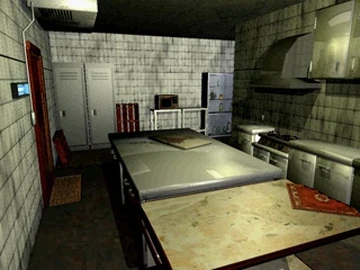
In 2024, you have two legal options to play Resident Evil on modern hardware. You can play a remastered version of the 2002 remake, or you can play Resident Evil: Director’s Cut Dual Shock Version through a PlayStation Plus subscription. There is no legal avenue to play with the original soundtrack, or to tackle the unique difficulty of the original release. Admittedly, this isn’t a worst case situation. But it does reflect how a remake or revision can push an original version out of the view of players.
Far worse is Silent Hill 2.
The original Silent Hill 2 was released on the PlayStation 2 in 2001, less than a year after the console launched. As recently discussed on this blog, it remains a revered classic. Months later, an expanded version would release on the original Xbox, akin to the Substance version of Metal Gear Solid 2: Sons of Liberty. These versions eventually made their way back to the PlayStation 2. A poorly developed remaster of Silent Hill 2 released on the Xbox 360 and PlayStation 3 in 2012. There are also PC ports of the original, but…

There are no legal avenues to place the original version of Silent Hill 2 on modern hardware. Instead a remake is in the works from Bloober Team. If you’ll allow me to editorialize a bit: it looks completely terrible.
With the release of the remake, newcomers to the series will only have the newest version of the game to take into account. This is the case for games like Resident Evil 2, any number of classic Final Fantasy games, and dozens upon dozens of others. The only avenue to play original texts is often emulation or the purchase of expensive original pressings.
Preservation in a Time of Erasure
According to the Video Game History Foundation, 87% of video games are no longer available. I’d have to do a bit more digging to find out, but I do wonder if examples such as the ones I’ve listed above are included in this.
As more and more games are delisted from digital platforms, and the concept of ownership is further and further pushed into the trash, access to legacy titles is slipping through our fingers. Certainly, if you have the money, you could indulge in the hobby of retro game collecting, but that bubble never seems to burst. This leaves piracy, but not everyone is comfortable with the concept, or wants to learn the ropes associated with emulators and such. But this isn’t a problem for a number of younger players, who were raised on live service attractions first and foremost. That’s the market of the future, and the one that major publishers want to attract.
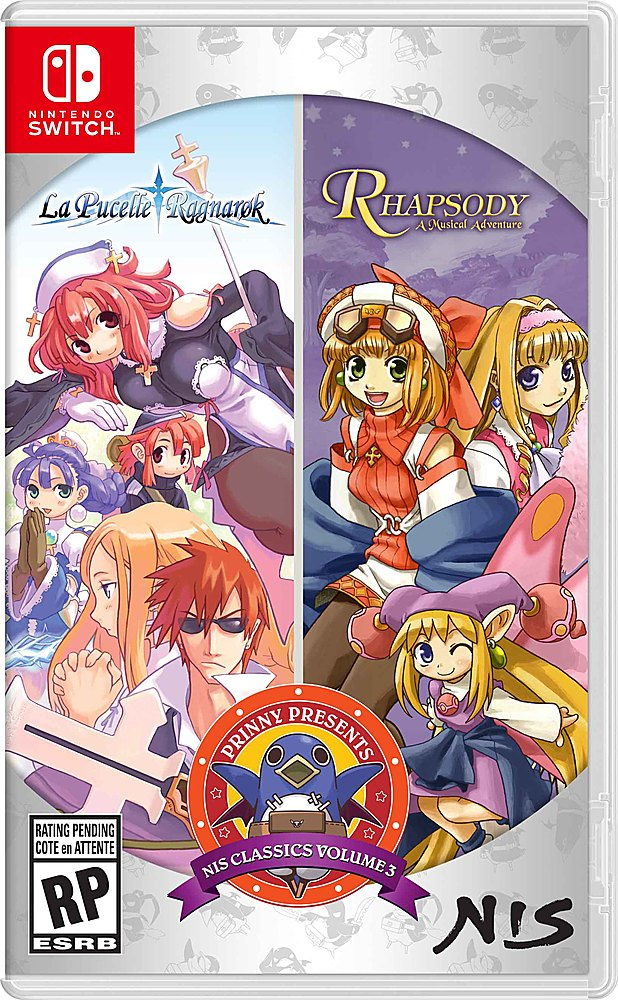
The death of preservation, the erasure of classic games, is nothing but good for those who hold the money at the top of the industry. An industry that generated 347 billion dollars in 2023 has little interest in the past – it isn’t worth as much money as a digital t-shirt in Fortnite. It is a net negative for the potential of video games as an artform, however, to attribute success of the medium to the amount of money it has generated in revenue when most of that money comes from predatory microtransactions, not to mention the quality of life for the people who created everything that generated that money.
The art isn’t making the money.
Art, however, is a continuum, ever moving, ever evolving. Access to the history of the medium can drive and influence new works. Knowing what worked and what didn’t can teach a lot more than a class on how to generate the most income with an indie game.
The ongoing push for remakes from an incredibly vocal public suggests that while the interest in classic games is there, there isn’t enough interest in playing the original texts. Certainly, you could go play Final Fantasy VIII Remastered on any modern platform, but this hasn’t stopped a number of people from taking to social media to demand a remake in the vein of Final Fantasy VII Remake.
Remakes Are Ultimately Uninteresting
For the sake of consistency, I will reuse one of my previous examples.
I know what Silent Hill 2 was about. I know what happened, I know how it played, I know what I saw and experienced. I know what the Red Pyramid Thing is and what it represents. Silent Hill 2, as a text, is a brilliant work of art that utilizes the medium beautifully.

The remake can not repeat the successes of the original text by the simple merit of the original text already existing. I have played the original, and there are no surprises to be had from playing a remake. The changes depicted in the existing trailers point to a game that seems to be alien to the experience I had while having no ideas of its own. The promise of a Red Pyramid Thing origin story isn’t appealing. As Patton Oswalt so perfectly put it, I don’t give a shit where the stuff I love comes from.
I’ve been following video games for 24 years at this point, and have played hundreds of titles. This includes a number of remakes, revisions, etc. It’s almost impossible to avoid, largely due to the way that video games were developed and ported and released over the first twenty years after the NES revived the industry. Good remakes, such as Ys Memories of Celceta, only cause me to have interest in the original texts. This entry in the Ys series is not a remake, but the canonical telling of Ys IV, as the original games Dawn of Ys and Mask of the Sun were outsourced to HudsonSoft and Tonkin House respectively rather than developed in house by Falcom. Celceta references both of these games. And, given that I quite liked Memories of Celta, I want to know more. I want to play these games.
Which means that I have to play original versions, emulated, patched for translation. And…I will. I have a Polymega now. I will be buying these games off of eBay and playing them using fan translations to experience the original texts.
But that’s not ideal at all. It’s not something that everyone will do, not something that many will be willing to do. It’s the kind of thing that obsessive enthusiasts and historians do, and I’m definitely of the former category. While I’m okay that Falcom has created their canonized Ys IV, I lament the fact that the originals are doomed to obscurity, much like the okay-at-best Ys III: Wanderers From Ys.
To press it further, I feel like there isn’t enough consideration for the practical costs of a full remake of an a idea. The cost of video game development is extraordinary at this point, and games like Final Fantasy VII Rebirth aren’t cheap to produce or promote. Asking for more of those means that the money goes to remakes, not new ideas. I may have thought that Final Fantasy XVI was mediocre, but I’ll gladly accept that over the ongoing rehash of VII. The original text should be maintained and rereleased on modern platforms, but I don’t expect a studio to pour tens of millions of dollars into “updating” a game when that original game is perfectly fine as it is. Even bad games deserve to be maintained in such a way. We have plenty that we can learn from bad games.
Revisionist History
Before I wrap this up, I want to address one of the common talking points I see in online discourse regarding remakes. This is the idea that a remake allows a game to “live up to the original vision” or something along those lines.

I could spin an entire thread about how this ultimately gets us things like the Star Wars Special Edition trilogy, but I’ll keep this simple: A finished text needs to stand up to scrutiny. I’ll gladly point players to Xenogears as an example of one of the most fascinating JRPGs, an ambitious and incredible game that still isn’t celebrated as much as it should be because of a flawed second half. And as much as I’d like to step into the parallel universe where Xenogears was finished to its original spec, I can’t. I have to play the version we have. Thankfully, it’s very good, and worthy of study and dissection. See the incredible video from KBash that released in 2023 for one such discussion.
It may be true that Kazushige Nojima wanted Final Fantasy VII to be an endless battle between Sephiroth and Cloud in the original game, but that isn’t what the original text boils down to. The original text is about spirituality, grief, environmentalism. It isn’t about Sephiroth. If it was, in fact, about the spiky haired amnesiac fighting the silver haired guy with the long sword, there would have been more of that in the game. Instead, Sephiroth is just a villain to frame the adventure around, a means to bring the player to each beat in the story. He doesn’t do much of anything in the original game because it would interfere with the themes being explored through each character’s story. This idea that the original text would have been better with 80% more Sephiroth is grotesque to me.
I can’t imagine that Stephen King imagined the final chapters of The Dark Tower unfolding as they did before his traumatic accident in 1999. The accident informs the work, changed the way he envisioned it. Whether or not you think the final books in King’s epic are good are beside the point because they are what the author wrote, and it is there for us to experience as it is.
Final Fantasy VII Remake spoiler ahead.

Zack Fair walking through a portal at the end of Final Fantasy VII Remake was a Greedo Shot First moment for me. It completely undermines the meaning of the original text and reveals the remake to be exactly what it is: fan service, or even more accurately, fan fiction. You might like fan fiction, may enjoy writing it, but you have to admit that, on some level, you don’t get fan fiction without the original text existing.
That anyone thinks that Nojima meant for Zack Fair to be alive in the original game is appalling to me. It’s revisionist history. It’s deeply boring and cynical. It’s exploitative. It appeals to fans and no one else.
The Golden Age of Remasters
As I write this, Limited Run Games has collected remasters of Rocket Knight Adventures and Felix the Cat on sale, marking the first time these games have been legally available since their original releases. Similarly, the boutique publisher and developer has sold a remastered rerelease of the obscene and awful Plumbers Don’t Wear Ties, which launches digitally in March 2024. Konami has released numerous collections of classic games, Atari and Digital Eclipse released a monstrous documentary-esque collection with Atari 50. For all of the doom and gloom about the 87% of lost games, there is an effort being made in some corners of the industry to preserve and revive games that were left in the past. It isn’t difficult to play a game as bland and lifeless as Cybermorph or as challenging as Gimmick in 2024. The work is being done to keep these games alive.

When the topic of games being remade comes up online, I immediately say “remaster or port only” I do not want a reimagining. I do not want remakes. I do not need games to have up to date graphics and retooled gameplay. Turn based games do not need to be made into action games. Action games, likewise, don’t need to be turn based. The original games were the way they were for a reason, top to bottom, and should retain those decisions as they are rereleased for modern players. I will give a pass to things like save states and rewind features. They are staples of emulation platforms, and can ultimately be ignored.
If you’ve reached the end of this piece, thank you for reading. Please understand that I’m not out to take the fun away from you, nor am I suggesting that the old video games are somehow better than new ones. They are different. The past isn’t wholly good or bad for any medium. But video games, like any art form, have a rich enough history that there will always be lessons waiting for the next generation to tap into. When we demand a remake, we are, in some form, asking to erase the original texts. To make them hard to access. The remake will be on new code, more likely to be retained and reused to sell the game again in the future. A remaster, port, or emulated rerelease may have problems, but they will give a player a far more interesting look into a work than a remake ever can. Because the art is in the original text. The remake is just tracing the outlines.
